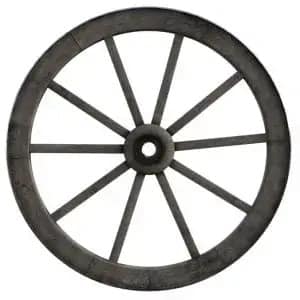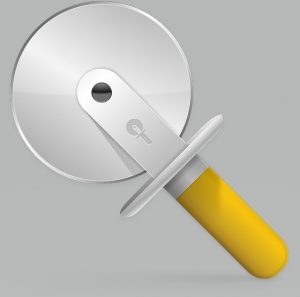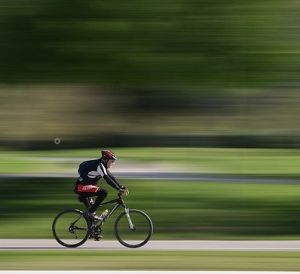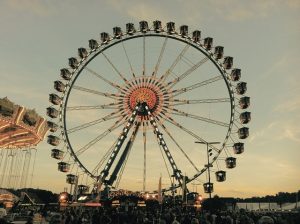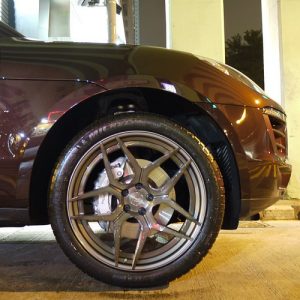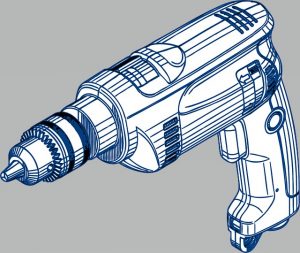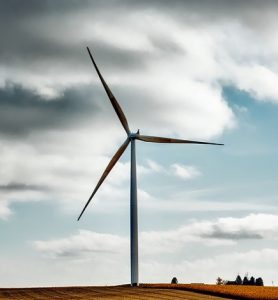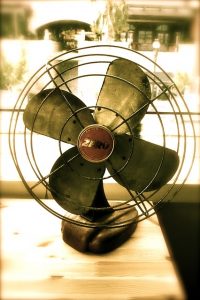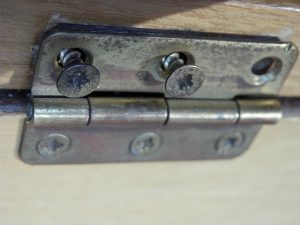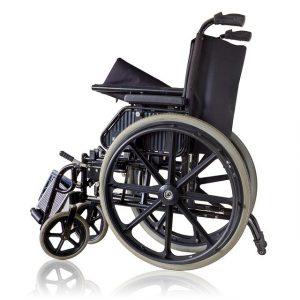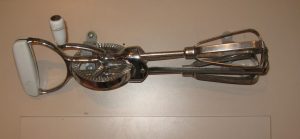Trebuchets, catapults, and ballistas are all siege weapons used in medieval times for capturing or destroying castles. While they share the same purpose, these three siege engines have distinct differences in terms of cost, speed, strength, accuracy, and other unique features. This comprehensive guide will delve into the technical details and quantifiable data to help you understand the nuances between these formidable weapons.
The Trebuchet: The Pinnacle of Siege Weapon Technology
The trebuchet is considered the most technologically advanced of the three siege engines. It utilizes a counterweight mechanism to launch projectiles, making it more powerful and accurate than both the catapult and ballista.
The working principle of a trebuchet is based on the conversion of potential energy into kinetic energy. The potential energy is stored in the counterweight, which is then released, converting the stored energy into the kinetic energy that propels the projectile towards the target.
The key components of a trebuchet include:
-
Counterweight: The counterweight is the primary source of the trebuchet’s power. It is typically made of heavy materials, such as stone or metal, and its weight can range from several hundred to several thousand kilograms.
-
Throwing Arm: The throwing arm is the long, pivoting beam that is connected to the counterweight. When the counterweight is released, the throwing arm swings rapidly, launching the projectile.
-
Sling: The sling is the attachment at the end of the throwing arm that holds the projectile. The sling is designed to release the projectile at the optimal angle and velocity.
Mathematically, the range of a trebuchet can be calculated using the following formula:
Range = (2 × v^2 × sin(2θ)) / g
Where:
– v is the velocity of the projectile at launch
– θ is the launch angle
– g is the acceleration due to gravity
Some key data points for trebuchets:
- Range: Trebuchets can launch projectiles up to 300 meters, making them the longest-range siege weapon of the three.
- Accuracy: Trebuchets can achieve an accuracy of up to 90%, making them the most accurate of the three siege engines.
- Cost: Trebuchets are the most expensive to build and maintain due to their complex counterweight mechanism, requiring more materials and skilled labor.
- Speed: Trebuchets are the slowest to deploy and fire, as their counterweight mechanism requires more time to load and fire.
The Catapult: The Versatile Siege Engine
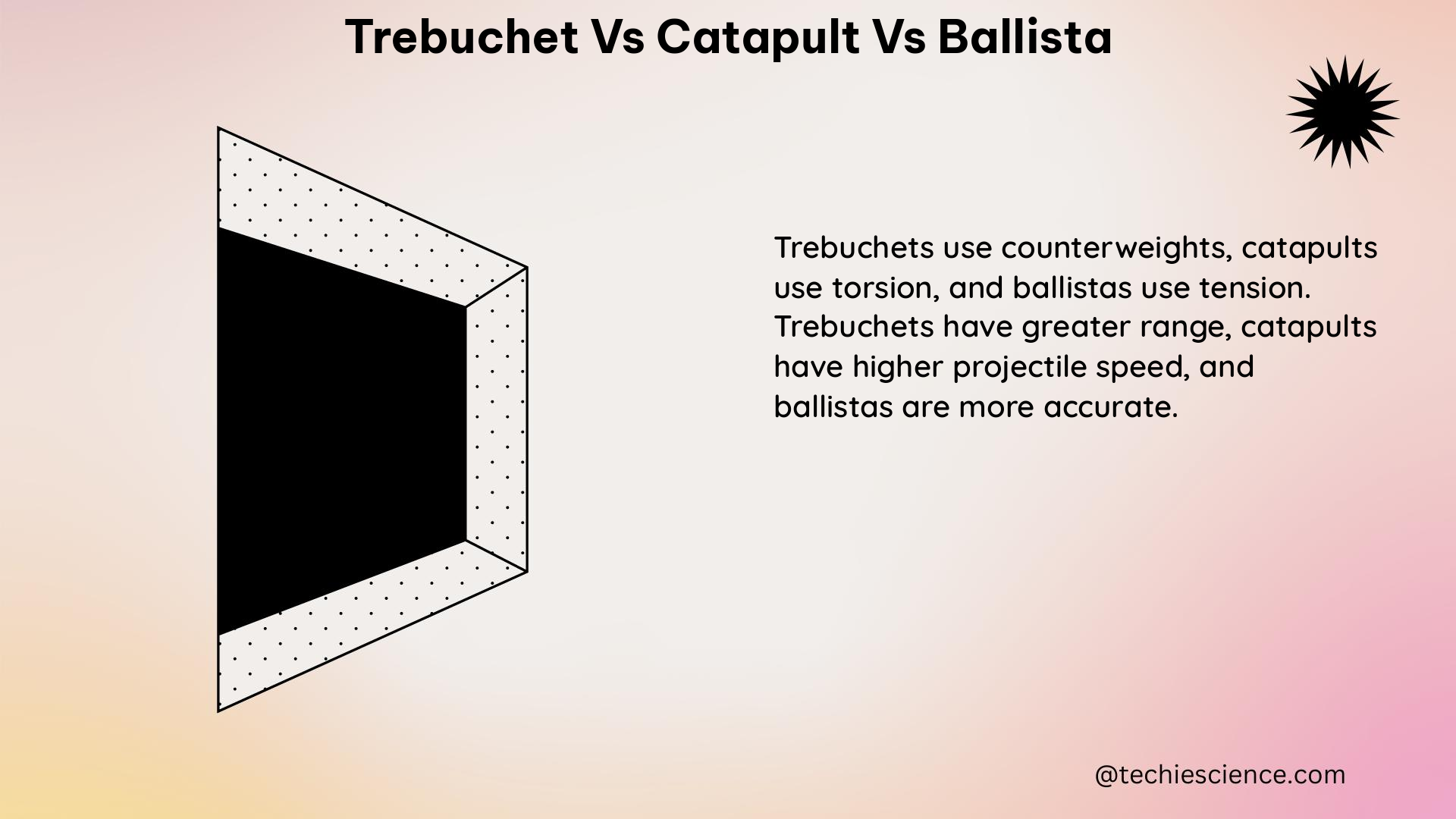
The catapult, while less powerful than the trebuchet, is more versatile and can be used in various ways, such as launching projectiles over walls or directly at them.
The catapult’s working principle is based on a torsion mechanism, which uses twisted ropes or springs to store and release energy, propelling the projectile.
The key components of a catapult include:
-
Torsion Mechanism: The torsion mechanism is the heart of the catapult, responsible for storing and releasing the energy that launches the projectile. This mechanism typically consists of twisted ropes or springs.
-
Throwing Arm: Similar to the trebuchet, the catapult has a throwing arm that is connected to the torsion mechanism. When the energy is released, the throwing arm swings rapidly, launching the projectile.
-
Sling: The sling is the attachment at the end of the throwing arm that holds the projectile, just like in the trebuchet.
The range of a catapult can be calculated using the following formula:
Range = (v^2 × sin(2θ)) / g
Where:
– v is the velocity of the projectile at launch
– θ is the launch angle
– g is the acceleration due to gravity
Some key data points for catapults:
- Range: Catapults have a shorter range than trebuchets, typically around 100-150 meters.
- Accuracy: Catapults have a lower accuracy rate than trebuchets, typically around 60-70%.
- Cost: Catapults are less expensive to build and maintain than trebuchets, as their torsion mechanism is less complex.
- Speed: Catapults are faster to deploy and fire than trebuchets, as their torsion mechanism requires less time to set up and fire.
The Ballista: The Crossbow of Siege Weapons
The ballista is a type of crossbow used for launching large arrows or bolts. While it is less powerful than both the trebuchet and catapult, it is more accurate and has a faster rate of fire.
The ballista’s working principle is based on a system of pulleys and levers that launch the projectile. This mechanism allows the ballista to be deployed and fired quickly, making it a versatile weapon for taking down walls or enemy soldiers.
The key components of a ballista include:
- Bow: The bow is the main source of the ballista’s power, storing the energy that is released to launch the projectile.
- Torsion Mechanism: The torsion mechanism, similar to the catapult, uses twisted ropes or springs to store and release the energy that powers the bow.
- Launching Mechanism: The launching mechanism consists of a system of pulleys and levers that transfer the energy from the torsion mechanism to the bow, propelling the projectile.
The range of a ballista can be calculated using the following formula:
Range = (v^2 × sin(2θ)) / g
Where:
– v is the velocity of the projectile at launch
– θ is the launch angle
– g is the acceleration due to gravity
Some key data points for ballistas:
- Range: Ballistas have the shortest range of the three siege engines, typically around 50-100 meters.
- Accuracy: Ballistas have the lowest accuracy rate of the three, typically around 50-60%.
- Cost: Ballistas are the least expensive to build and maintain, as their mechanism is relatively simple compared to the trebuchet and catapult.
- Speed: Ballistas are the fastest to deploy and fire, thanks to their simple crossbow mechanism.
Comparison and Conclusion
To summarize the key differences between the three siege engines:
| Feature | Trebuchet | Catapult | Ballista |
|---|---|---|---|
| Range | Longest (up to 300 m) | Shorter (100-150 m) | Shortest (50-100 m) |
| Accuracy | Highest (up to 90%) | Lower (60-70%) | Lowest (50-60%) |
| Cost | Most expensive | Less expensive than trebuchet | Least expensive |
| Speed | Slowest to deploy and fire | Faster than trebuchet | Fastest to deploy and fire |
While all three siege engines serve the same purpose, the trebuchet, catapult, and ballista each have their own unique strengths and weaknesses. The choice of which to use would depend on the specific tactical requirements of the siege, the available resources, and the desired outcome.
References:
– Reddit Discussion on Trebuchet vs Catapult vs Ballista
– Catapults Education Guide
– Ballista, Catapult or Trebuchet Discussion
